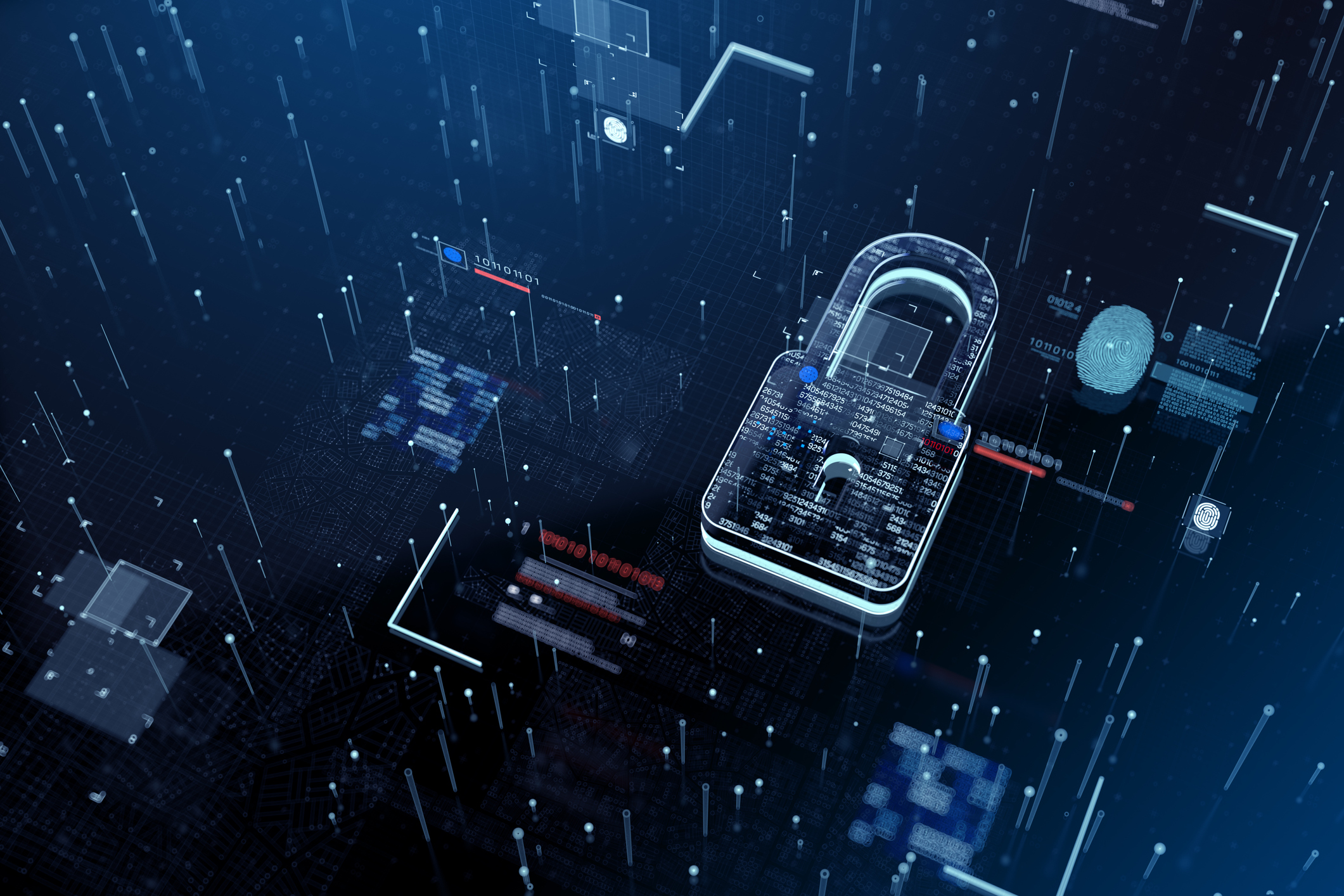Cyber attacks on corporate networks increased 50% in 2021
Check Point data reveals an upward trend of malicious activity since mid-2020


Cyber attacks on corporate networks have increased by 50% in 2021, according to research from Check Point.
Between mid-2020 and throughout 2021, there has been an "upwards trend" of cyber attacks, according to the cyber security firm, reaching an all-time high at the end of the year with a global peak of 925 a week per organisation.
The increase follows Check Point’s previous research back in October 2021 that found a 40% increase in attacks globally, with line in every 61 organisations worldwide impacted by ransomware every week.
"Less than a month after the world witnessed one of the most serious vulnerabilities on the internet, with millions of attacks per hour attempting to exploit the Log4j vulnerability, 2021 has been a record-breaking year in terms of cyber security,” Check Point said.
In 2021, education/research was found to be the sector that experienced the most attacks, clocking an average of 1,605 attacks per organisation every week – a 75% hike from the previous year.
This was followed by the government/military sector’s 1,136 attacks per week (up 47%), and the communications industry which registered 1,079 attacks (up 51%).
In terms of geographical data, Africa experienced the highest volume of attacks in 2021, with an average of 1,582 weekly attacks per organisation - a 13% increase over 2020.
Get the ITPro daily newsletter
Sign up today and you will receive a free copy of our Future Focus 2025 report - the leading guidance on AI, cybersecurity and other IT challenges as per 700+ senior executives
That was followed by APAC with 1,353 (up 25%), while Latin America clocked 1,118 (38%), Europe hit 670 (68%), and North America racked up 503 (61%).
To help prevent these rising attacks, the Check Point advised organisations to maintain up-to-date security patches, segment their networks with strong firewalls and IPS safeguards, raise user awareness in employees, as well as implement appropriate security technologies.
“One of the biggest challenges facing security practitioners is Gen V attacks – the combination of a wide breadth of threats, large scale attacks and a broad attack surface,” the firm said.
“A security architecture that enables and facilitates a unified and cohesive protection infrastructure is going to provide more comprehensive and faster protection than an infrastructure comprised of pieces that don’t work together.”
Dan is a freelance writer and regular contributor to ChannelPro, covering the latest news stories across the IT, technology, and channel landscapes. Topics regularly cover cloud technologies, cyber security, software and operating system guides, and the latest mergers and acquisitions.
A journalism graduate from Leeds Beckett University, he combines a passion for the written word with a keen interest in the latest technology and its influence in an increasingly connected world.
He started writing for ChannelPro back in 2016, focusing on a mixture of news and technology guides, before becoming a regular contributor to ITPro. Elsewhere, he has previously written news and features across a range of other topics, including sport, music, and general news.
-
 Should AI PCs be part of your next hardware refresh?
Should AI PCs be part of your next hardware refresh?AI PCs are fast becoming a business staple and a surefire way to future-proof your business
By Bobby Hellard Published
-
 Westcon-Comstor and Vectra AI launch brace of new channel initiatives
Westcon-Comstor and Vectra AI launch brace of new channel initiativesNews Westcon-Comstor and Vectra AI have announced the launch of two new channel growth initiatives focused on the managed security service provider (MSSP) space and AWS Marketplace.
By Daniel Todd Published
-
 ‘Phishing kits are a force multiplier': Cheap cyber crime kits can be bought on the dark web for less than $25 – and experts warn it’s lowering the barrier of entry for amateur hackers
‘Phishing kits are a force multiplier': Cheap cyber crime kits can be bought on the dark web for less than $25 – and experts warn it’s lowering the barrier of entry for amateur hackersNews Research from NordVPN shows phishing kits are now widely available on the dark web and via messaging apps like Telegram, and are often selling for less than $25.
By Emma Woollacott Published
-
 Healthcare systems are rife with exploits — and ransomware gangs have noticed
Healthcare systems are rife with exploits — and ransomware gangs have noticedNews Nearly nine-in-ten healthcare organizations have medical devices that are vulnerable to exploits, and ransomware groups are taking notice.
By Nicole Kobie Published
-
 Alleged LockBit developer extradited to the US
Alleged LockBit developer extradited to the USNews A Russian-Israeli man has been extradited to the US amid accusations of being a key LockBit ransomware developer.
By Emma Woollacott Published
-
 February was the worst month on record for ransomware attacks – and one threat group had a field day
February was the worst month on record for ransomware attacks – and one threat group had a field dayNews February 2025 was the worst month on record for the number of ransomware attacks, according to new research from Bitdefender.
By Emma Woollacott Published
-
 CISA issues warning over Medusa ransomware after 300 victims from critical sectors impacted
CISA issues warning over Medusa ransomware after 300 victims from critical sectors impactedNews The Medusa ransomware as a Service operation compromised twice as many organizations at the start of 2025 compared to 2024
By Solomon Klappholz Published
-
 Warning issued over prolific 'Ghost' ransomware group
Warning issued over prolific 'Ghost' ransomware groupNews The Ghost ransomware group is known to act fast and exploit vulnerabilities in public-facing appliances
By Solomon Klappholz Published
-
 The Zservers takedown is another big win for law enforcement
The Zservers takedown is another big win for law enforcementNews LockBit has been dealt another blow by law enforcement after Dutch police took 127 of its servers offline
By Solomon Klappholz Published
-
 There’s a new ransomware player on the scene: the ‘BlackLock’ group has become one of the most prolific operators in the cyber crime industry – and researchers warn it’s only going to get worse for potential victims
There’s a new ransomware player on the scene: the ‘BlackLock’ group has become one of the most prolific operators in the cyber crime industry – and researchers warn it’s only going to get worse for potential victimsNews Security experts have warned the BlackLock group could become the most active ransomware operator in 2025
By Solomon Klappholz Published